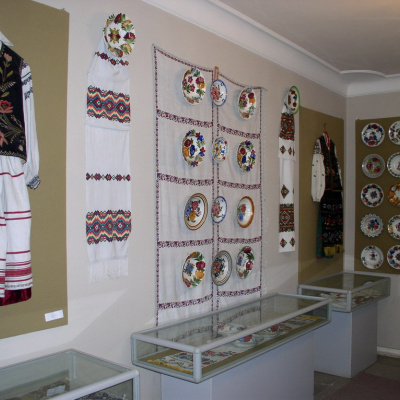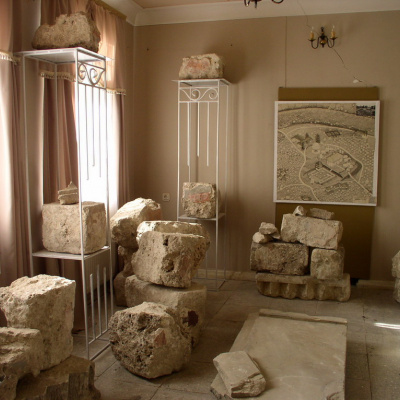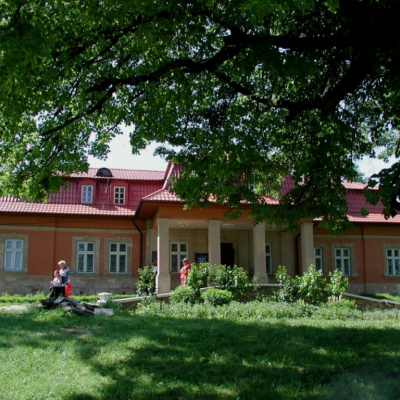Museum of the History of Ancient Halych (Metropolitan Chambers) in Krylos
The Museum of Halych History, which recently celebrated its 50th anniversary, is housed in the Metropolitan Chambers, an early nineteenth-century architectural monument that was once the summer residence of Metropolitan Andrey Sheptytsky. This is the oldest museum institution in Halych, located in the heart of the historic Krylos. The idea of its creation belongs to the famous archaeologist Dr. Yaroslav Pasternak and UGCC Metropolitan Andrey Sheptytsky, who in his late years expressed a wish to create a museum-reserve near the foundation of the chronicle of the twelfth-century Assumption Cathedral. This dream of the UGCC bishop was realized in 1937 by Yaroslav Pasternak. He collected the most interesting and original finds from his excavations in the chapel of St. Basil, a fifteenth-century architectural monument, in Krylos. It was the first museum on Krylos Hill.
Today, there are two museums here: the museum of the history of ancient Halych and the museum of the church. Although there are many important sights to see with your own eyes on the territory of the Ancient Halych National Reserve, it is advisable to start the tour from here. Why? Because the expositions of both museums in the Metropolitan Chambers will give you a good idea of the historical background of the events that took place here many years ago. The exposition of the Krylos Museum presents the historical and cultural heritage of the ancient city, archaeological and architectural finds of the past, which show that Halych-Krylos was once a powerful state and religious center, the capital of the powerful Galicia-Volhynia state.
History.
The Metropolitan's Chambers, where the Museum of the History of Halych now operates, is an 18th-century architectural monument. It was once a two-story palace of the Galician metropolitans. Some researchers believe that it was built on the site of a princely palace from the times of Kyivan Rus. It has not yet been possible to prove this, but not far from the Metropolitan Chambers, archaeologists discovered the foundation of a stone column at a depth of three meters.
Interestingly, the construction of the Metropolitan Chambers used materials from the Monastery of the Holy Prophet Elijah, the foundations of which can be seen on the outskirts of Krylos (a landmark is the monument-symbol "Sword and Ralo"), near the highway connecting the cities of Halych and Ivano-Frankivsk.
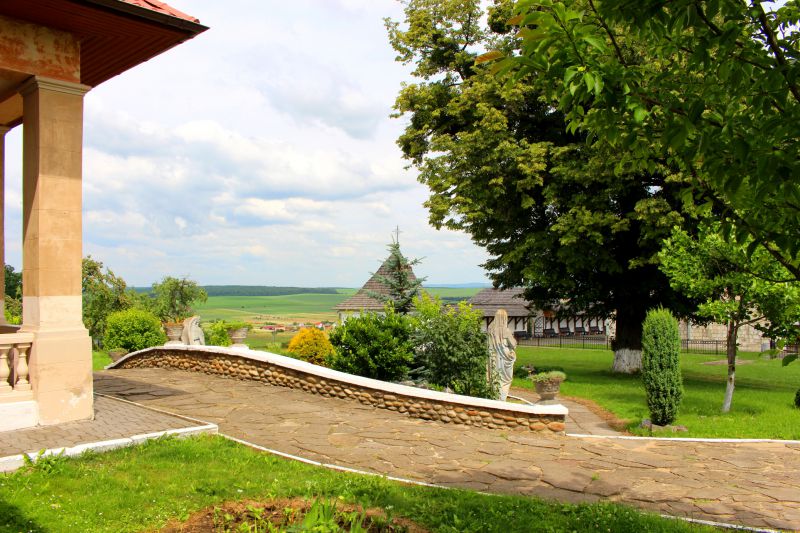
The Museum of the History of Ancient Halych was founded in 1938 on the initiative of Metropolitan Andrey Sheptytsky, who, in his late years, wished that such a museum-reserve be created near the foundations of the chronicle of the Assumption Cathedral. The idea was brought to life by Yaroslav Pasternak, a doctor of archaeology who spent many years researching the history of this princely city. Initially, the findings collected by Yaroslav Pasternak during the excavations of the Krylos settlement were exhibited in the chapel of St. Basil, a 15th-century architectural monument. A little later, the collection was moved to the Metropolitan Chambers.
The exposition of the Museum of Halych History, which can be divided into two periods - pre-chronicle and chronicle - is located in seven halls on the first floor of the Metropolitan Chambers. In the first two rooms, visitors get acquainted with rare exhibits of pre-chronicle Halych, i.e., the Stone and Bronze Age: Linear-Band, Trypillian, Corded, Komarivska, Lipetska, and Cherniakhivska cultures. Tools (scrapers, plates, chippers, cutters, piercers, bone hooks, horn hoes) testify to the economic activities of people of that time.
In the sixth to third millennium BC, the Carpathian region was home to the carriers of the Trypillian culture, who, in addition to motive agriculture, were engaged in cattle breeding, hunting, and fishing. Trypillians also knew pottery and weaving. And stone processing in Trypillian culture reached the highest level. Trypillians are known to have been close to writing. The remains of Trypillian settlements on the western border were discovered in Bovshiv, Viktoriv, Komariv, Krylos, Korostovychi, and in the village of Bilshivka in Halych district. The museum presents fragments of dishes found by archaeologists in Bilshivtsi. Among them are cups, bowls, spherical vessels, tires, and a jug.
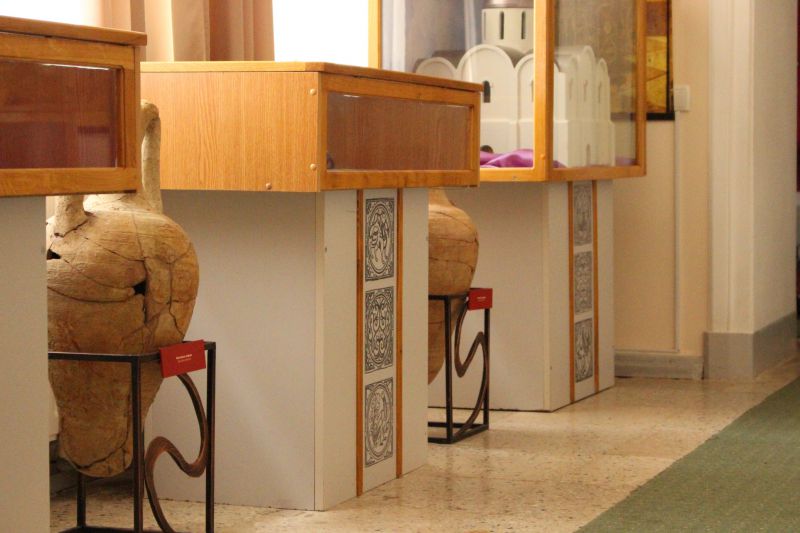
The third hall is also full of exhibits. The finds contained here show that, starting from the first centuries of the new era, the territory of Prykarpattia was inhabited by East Slavic tribes. The Ustichi lived between the Southern Bug and the Dniester, and the Tivertsi between the Dniester and the Prut.
The remains of bronze foundry production of the Old Rus' period, found by archaeologists, are widely represented in the museum's exposition. Among the exhibits of the princely era, the central place is occupied by ancient Russian weapons. Particular attention of visitors is drawn to the Old Russian sword of an unknown prince of the 12th century, arrowheads, battle axes, a dagger, various types of spears, horse stirrups, arrows, enkolpion crosses of various types, etc.
In the center of the fifth hall of the museum is the Krylos treasure: a copper church discus plate and silver bracelets, as well as a large diorama of Krylos (a model of ancient Halych and its surroundings), which was made by employees of the Lviv Institute Ukrzakhidproektrestavratsiya in 1988.
TheMuseum of Church History is located on the second floor of the Metropolitan Chambers. It is small in size, but full of valuable exhibits that tell the story of the Galician Metropolitanate and its leaders. Here you can get acquainted with samples of sacred art, see the objects of worship used by the metropolitans during worship.
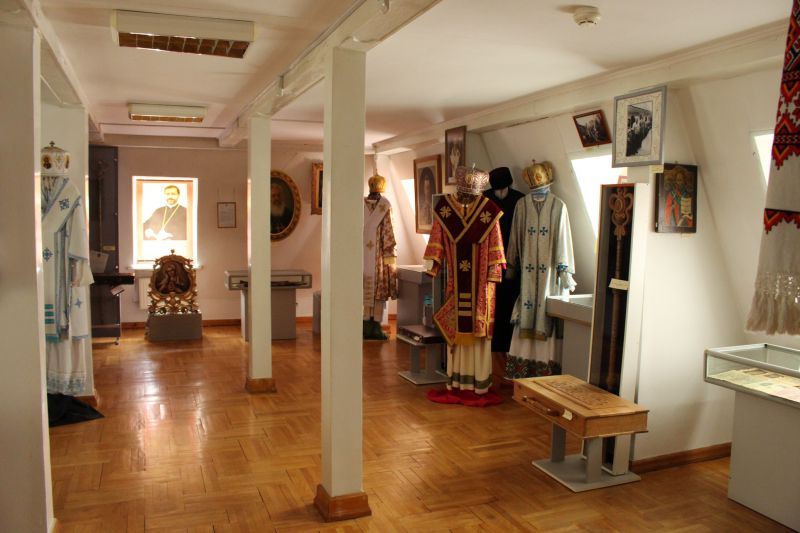
The Assumption Cathedral was the shrine of the Krylos Hill. Its architectural details with fresco paintings, capitals with decorations, carved stones, and an anthropomorphic mask, which are now on display in the museum, testify to the high development of the Galician architectural school of the time of Yaroslav Osmomysl. Tiles depicting griffins, dragons, and peacock birds adorned the walls of the church. A scriptorium (a workshop for rewriting books) was opened at the Assumption Cathedral, where the Galician Gospel was written in 1144. A copy of this Gospel is now in the Tretyakov Gallery in Moscow. The styles of writing, seals, and engravings indicate a high level of development of writing in princely Galicia.
Heraldic insignia on the bottoms of vessels, triangular and rectangular tiles from many churches in Halych enrich the exposition of another hall of the museum.
The former Metropolitan Chambers, on the second floor, house the exposition of the future and only museum of church history in Galicia. It contains rare exhibits of church worship that were donated to the museum by private individuals and the parish priest of Krylos village, Fr. The exposition begins with a gallery of portraits of metropolitans and cardinals of the Galician Metropolia, which was established in 1807 in Lviv. The construction of the Metropolitan Chambers began at that time. During excavations near the summer residence of the Galician metropolitans, Lviv archaeologists found a fragment of a cross with an interesting ornament on it, and on the inside are the initials of the first bishop Kosma (Kuzma), who ruled in Halych during the reign of Yaroslav Osmomysl.
Very interesting exhibits and icons were donated to the museum by a collector from Sniatyn, Bohdan Chovhan. Among them are a medal-pendant "The Virgin Mary with Jesus" of the nineteenth century, fragments of the iconostasis, a wooden patera of the eighteenth century, as well as three icons of Jesus Christ and an icon of the Virgin Hodegetria.
Bishop Mykola Simkaylo of Kolomyia and Chernivtsi presented the future museum of church history with icons of Saints Volodymyr the Great, Barbara and Paraskevia painted on blackboard and an icon of St. Nicholas depicted on glass. Among the bishop's gifts are a wooden kivot and a cross with a crucifix dating from the eighteenth century, as well as personal belongings of the late Bishop Pavlo Vasylyk: a phelon, mitre, cap, kostur, wooden cross, and photographs.
Among the museum's exhibits is the Lviv Gospel, which was printed by the Stavropegian brotherhood in 1670. This printed rarity is in good condition. All the pages are preserved, as well as the embossing on the cover. Fr. Sviatoslav Kiyak donated many exhibits to the museum. These are the belongings of his late father Roman Kiyak, and they represent the period when the UGCC was underground. Among them are a washbasin, two discs and a spoon for Holy Communion, a gift box, a medal of the Blessed Virgin Mary, and more.
Many items were donated by Fr. Oleh Kaskiv. These include books from the library of Andrey Sheptytsky, two icons of the Almighty, dated 1882. In addition, icons of the Nativity of Christ, the Assumption of the Virgin Mary, and the Hodegetria, as well as fragments of icons of the Six Apostles from the iconostasis of the church in Mezhyhirtsi village (18th century). But perhaps the greatest rarity of the future museum of church history is the rod of Metropolitan Andrey Sheptytsky, which was once used by Bishops Pavlo Vasylyk and Sofron Mudryi, and the vestments of the Supreme Archbishop of the UGCC Lubomyr Husar.
A visit to the Museum of the History of Halych should be combined with a tour of the Galician Grave, the foundations of the Assumption Cathedral, the Princely Well, the Church of the Assumption, and the Golden Stream. All of these sites are located within close proximity.
The Museum of Halych History, located on the territory of the Ancient Halych National Reserve in Krylos, can be reached by car by taking the H09 highway from Halych or Ivano-Frankivsk. You can also use public transportation. From Ivano-Frankivsk (22 kilometers away): by buses "Ivano-Frankivsk - Halych", which stop near the Dukhovna Seminary in the regional center, on Harbarska Street. From the bus station #2 on Pasichna Street (near the barrier), you can take a shuttle bus "Ivano-Frankivsk - Burshtyn" or buses to Lviv or Rohatyn. From the Ivano-Frankivsk railway station (buses stop between the railway and bus stations), you can take a minibus to Rohatyn.
From Halych to Krylos (a distance of 7 kilometers), take one of the buses that stop near the People's House in the city center. Keep in mind that the bus stop in Krylos is located near the main road (lower Krylos). You will have to walk about 1.5 kilometers to Krylos Hill, where all the sights are concentrated. There is no train connection to Krylos.
Opening hours: from 9:00 to 18:00 daily.
Accommodation around Museum of the History of Ancient Halych (Metropolitan Chambers) in Krylos:
Які маршрути проходять повз Museum of the History of Ancient Halych (Metropolitan Chambers) in Krylos?
Пропонуємо пройти такі туристичні (пішохідні) маршрути через/біля Museum of the History of Ancient Halych (Metropolitan Chambers) in Krylos: с. Пасічна, через с. Манява, Манявський вдсп., г. Велика Сивуля до с. Бистриця, с. Манява - пол. Монастирецька, с. Манява - вдсп. Манявський, с. Гута - с. Пасічна, с. Пасічна, через г. Синячка до м. Яремче, с. Дора, через г. Синячка, пер. Пересліп, пол. Туршугувата, хр. Явірник до м. Яремче
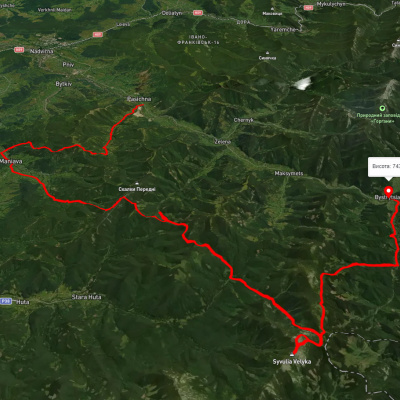
с. Пасічна, через с. Манява, Манявський вдсп., г. Велика Сивуля до с. Бистриця
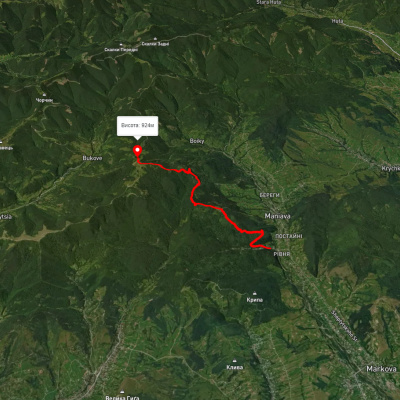
с. Манява - пол. Монастирецька
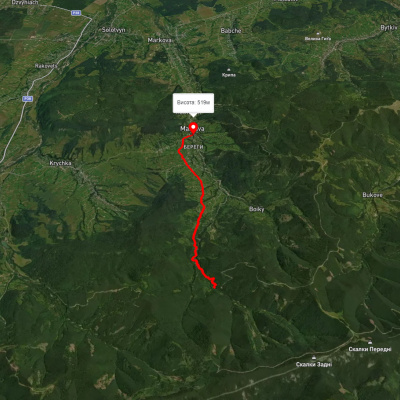
с. Манява - вдсп. Манявський
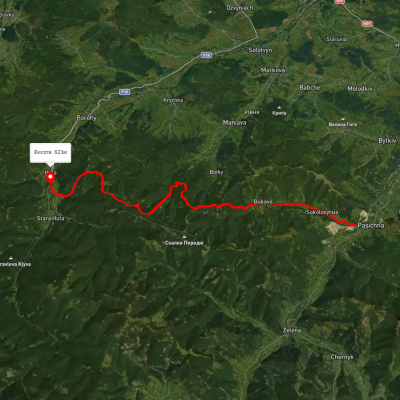
с. Гута - с. Пасічна

